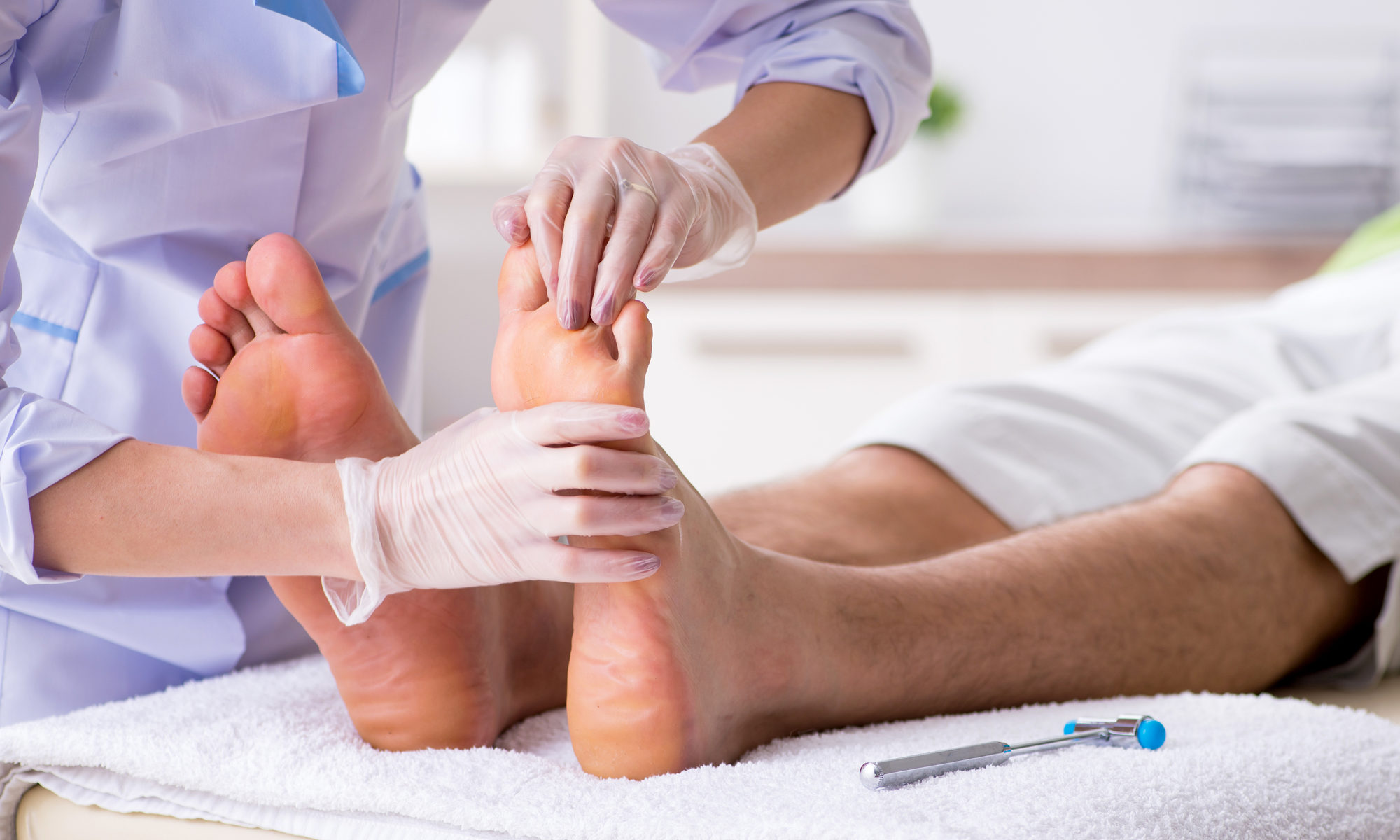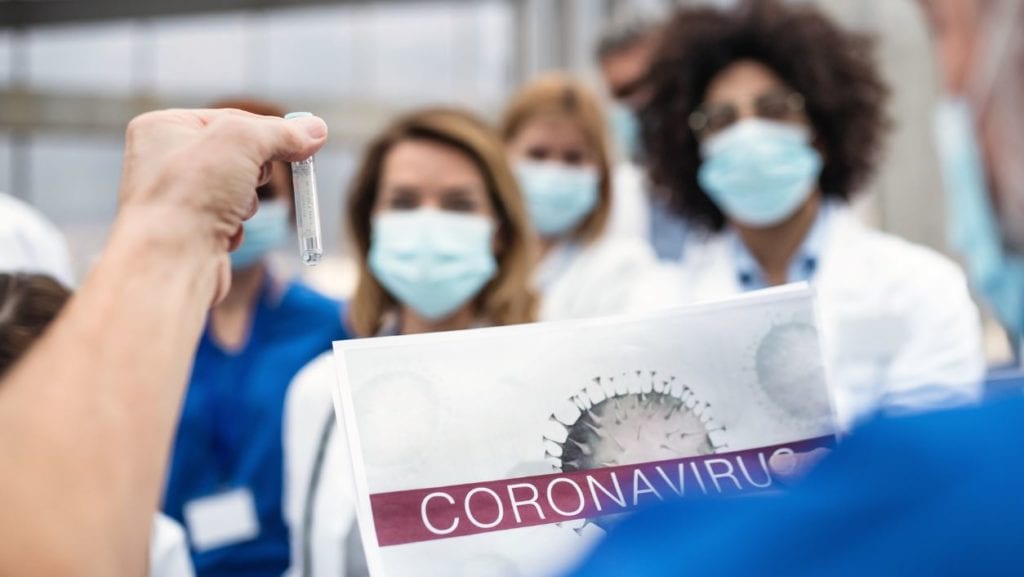Press release:
During this unprecedented time, it’s still important to take care of your overall wellness, and your feet are no exception. Healthy feet and ankles are crucial for balance, mobility and a healthy body.
However, it’s important to identify which issues can be taken care of via telemedicine and which should be done in person. It’s also important to take steps on your own to keep feet healthy.
“Foot and ankle surgeons are here to help keep you healthy via telemedicine visits for non-urgent care and in the office for urgent or serious issues,” says Dr. Brett Sachs, DPM, FACFAS, a foot and ankle surgeon and Fellow Member of the American College of Foot and Ankle Surgeons.
Not sure whether your condition requires an in-person appointment? According to Dr. Sachs and the experts at the American College of Foot and Ankle Surgeons, the following conditions can be seen by foot and ankle surgeons via telemedicine:
- Heel and arch pain, generalized foot pain
- Achilles tendinitis
- Metatarsalgia
- Skin rashes and athlete’s foot
- Planter warts
- Big toe pain
- Arthritis
- Gout
However, Dr. Sachs notes that you should visit your doctor for the following conditions and situations:
- Post-operative care
- Injuries (sprains or trauma, anything that requires an x-ray for suspected bone fractures)
- Infections
- Ingrown toenails
- Wounds
- Foot ulcers
- Calf pain with warmth, redness, or swelling, which could possibly be a blood clot
It’s important to know that if you do have to make an in-person appointment, foot and ankle surgeons are taking many steps to protect patients. These measures include taking patients temperatures and performing a comprehensive screening process, having patients and staff wear masks or face coverings, limiting patients and family in the waiting room, limiting patient appointments to prevent overlap, practicing social distancing where possible, and performing extensive deep cleaning of all patient rooms and common areas throughout the day.
A bit of preventive care can also support healthy feet. Here are a few tips from the American College of Foot and Ankle Surgeons you can follow while at home:
- Stay active. Do sit-ups, pushups, planks, squats and leg lifts or check out virtual fitness classes online. You can still get outside for fresh air without putting yourself at risk. Go for a walk, run or hike while practicing social distancing. If you feel better staying inside, take scheduled breaks to get up and walk around your home.
- If you suffer from foot pain, such as a neuroma, avoid wearing narrow shoes and also avoid walking on hard surfaces barefoot, even in the house.
- Do eccentric strengthening exercises like calf raises on a step to prevent or treat Achilles tendinitis.
- Examine your feet regularly for bumps, lumps or other changes.
- Wear comfortable, sensible shoes, especially for exercise.
- Continue using padding, insoles or whatever special footwear you’ve been prescribed.
To find a foot and ankle surgeon near you or to find more foot and ankle health tips, visit FootHealthFacts.org, the patient education website of the American College of Foot and Ankle Surgeons.
“While the COVID-19 crisis is understandably top-of-mind for many right now, taking steps to protect your overall health is vital,” says Dr. Sachs. “Because so many health problems stem from the feet, paying attention to them is essential for your comfort, safety and overall wellness.”

